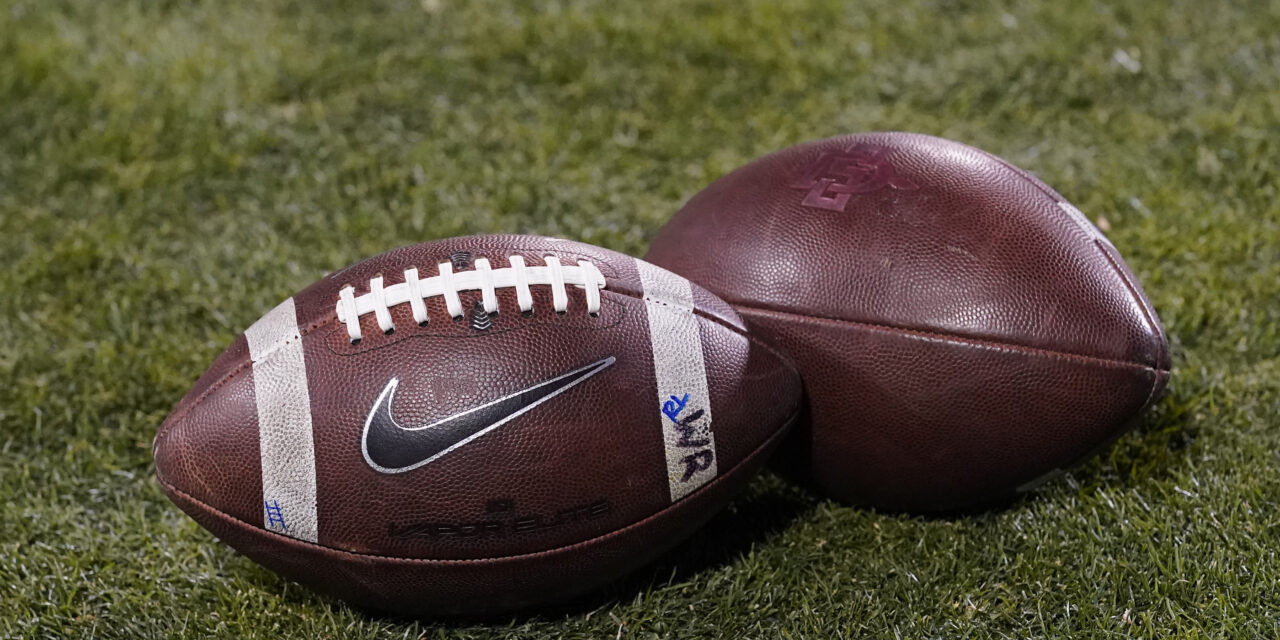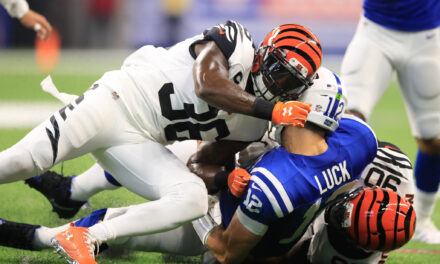There is a lot of negative press about the safety of football, and unfortunately much of it is misinterpreted. Most of the stories about concussions and injuries are predicated on the experience of National Football League players. These are massive men, able to run at the speed of light; and when they collide it’s like a train wreck. At the youth level the impacts are less, especially at the very young ages where the equipment is heavy and cumbersome and athletes struggle to hit full speed.
The potential for injury is there in this rough sport of football just like any other sport, and concussions are not a myth. That said; just like advocates of any other sport, football proponents prioritize the safety of the kids in all of their affairs. Emphasizing safety is done at the local, and national level, with countless hours and millions of dollars spent on education and equipment to protect the players. “Heads Up Football” is probably the best known national program aimed at improving the safety of players.
According to a Pop Warner study by The Institute of Sports Medicine and Athletic Trauma in New York: In Youth Football, there is “an absence of catastrophic head and neck injuries and disruptive joint injuries found at higher levels.”
>> The injury rate in Youth Football is: less than one-third the injury rate in high school football, less than one-fifth the injury rate in college football, less than one-ninth the injury rate in professional football.
>> Age-weight schematic protects younger, lighter players, who do not have higher injury rates.
>> Organized football among 5 – 15 year-olds has 12 percent fewer injuries per capita than organized soccer in the same age range.
>> Organized football among 5 – 15 year-olds has 50 percent fewer injuries per capita than bicycle riding in the same age range.
>> Organized football among 5 – 15 year-olds has 74 percent fewer injuries per capita than skateboarding in the same age group.
>> Injuries in youth football are normally mild, and older players have a higher injury rate than younger players.
The Institute of Sports Medicine and Athletic Trauma in New York completed a Pop Warner injury survey in 71 towns covering over 5,000 players in 1998. The injury experience of 5,128 boys (8 to 15 years of age, weight 22.5 to 67.5 kg [50 to 150 lbs.]) participating in youth football revealed an overall rate of significant injury of 5%, with 61% classified as moderate and 38.9% as major injuries. That’s about 1.33 per team per year. No catastrophic injuries occurred, and it was rare for a permanent disability to result from an injury.






Recent Comments